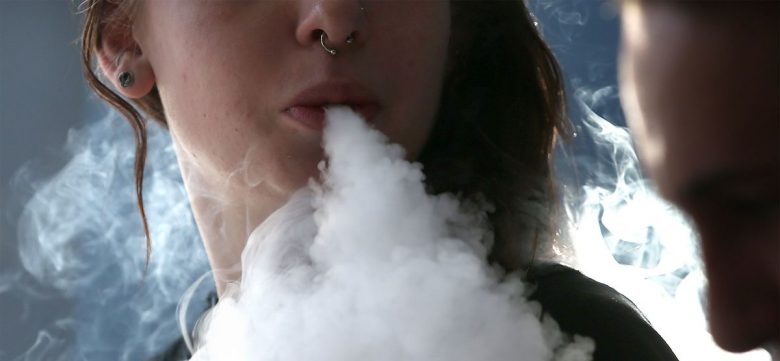Teen vaping is one of the most prevalent yet least published news in Australia. While the minimal publication on the subject matter is occasioned by limited research on teen vaping, it goes without saying that there has been a sharp increase in the consumption of vapes by the young generation. Bringing this to light is the Four Corner documentary on ABC TV. According to this eye-opening piece, the rise of teen vaping is causing guardians and schools to live in fear of losing their children to vape addiction which will eventually be detrimental to their health.
But why is teen vaping in Australia still on the rise despite the introduction of an anti-vaping policy in October 2021? There are many reasons why teen vaping continues to escalate but none of the reasons beats illegal production and sell and unprescribed vapes. According to a research by the Conversation, 80% of teen vapers admitted to buying the products indirectly through friends or through social media. The few that bought the drugs directly expressed purchasing them from tobacconist, convince stores or petrol stations.
The One thing that these sites have in common is that they sell illegal vapes which have very harmful effects on the human body as their substance contains high concentration of nicotine. The products they sell are also relatively cheaper when compared to the prescribed which are medically recommended for adults who are addicted to vaping. Particularly most of the vapes from these stores cost as little as $20 or even worse as little as $5 for the online retails. The truth is that the prices are affordable to the teens which motivates them to purchase the drugs easily and at a convenient rate. Perhaps, having the prescribed vapes at an affordable rate will ensure addicted teen consider this alternatively but this may not be the only way out as there are other reasons why illegal vaping is still on the rise.
The other reason relates to awareness. While it is expected that the youth should know about the risks of unprescribed vapes, it is unfortunate that education on this is not provided. As such, youth continue consuming the drug as they are not aware of the dangers the substance might do to their health. The society besides establishing policies that will take time to be effective, should hence explore the easy option of educating the young generation about the effects of illegal vaping. Failure to this will see the society losing more and more youth to illegal vaping.
The lose of youth to vaping will however not impact the government alone but the society as well. Therefore, the rise in teen vaping should be a wakeup call to the larger community to take up the responsibility of ensuring a reduction in youth vaping. This however does not mean that the government and the medical fraternity should be reluctant in strengthening the implementation of policies aimed at mitigating teen vaping. If anything, the government should work together with the community to end this emerging threat.

